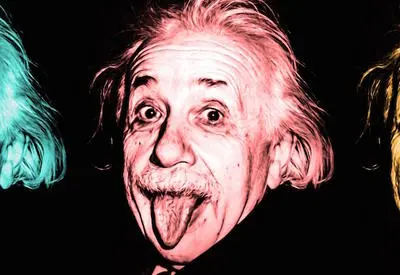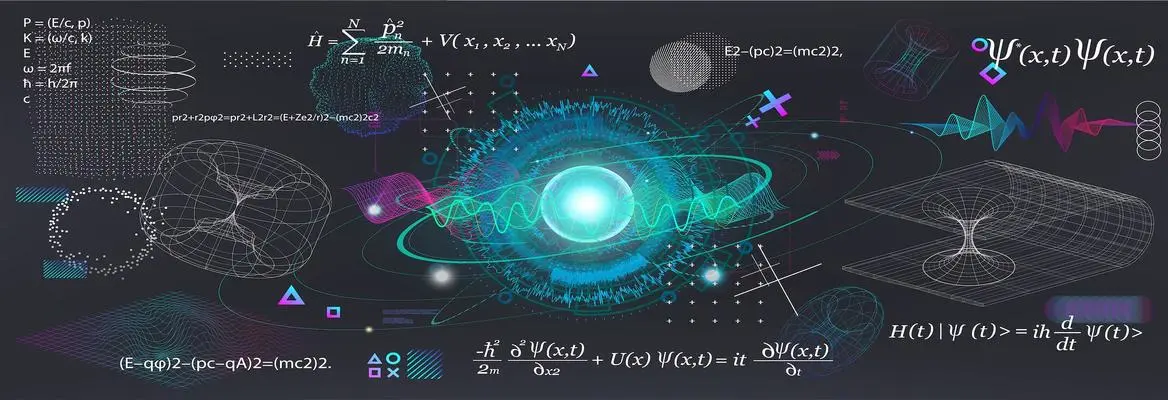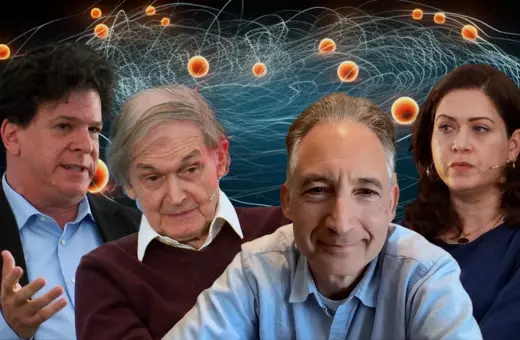The 2022 Physics Nobel Prize is misunderstood even by the Nobel prize committee itself. What the work of John Clauser, Alain Aspect and Anton Zeilinger has shown, building on John Bell’s ideas, isn’t that quantum mechanics cannot be replaced by a deterministic, hidden variables theory. What it has shown is that quantum mechanics, as well as all of physics, is non-local. “Spooky action at a distance”, what Einstein had found disturbing about quantum mechanics, is real and emerging technologies depend on it, argues Tim Maudlin.
The presentation of the 2022 Nobel Prize in Physics to John Clauser, Alain Aspect and Anton Zeilinger is a bittersweet moment for those of us who work in the foundations of physics. It is mostly bittersweet because John Bell, whose brilliant theoretical work provided in impetus and basis for the experimental work done by the laureates, did not live long enough to receive this same recognition for his achievement.
 SUGGESTED READING
Quantum Theory and Common Sense: It's Complicated
By Tim Maudlin
SUGGESTED READING
Quantum Theory and Common Sense: It's Complicated
By Tim Maudlin
Bell died unexpectedly of a cerebral hemorrhage in 1990 at the age of 62. His seminal work was done in 1963, so this has been a long time coming. Bell’s work has rightly been characterized as the spark that fueled the “second quantum revolution”, arising from the appreciation of the potential technological usefulness of entanglement in quantum systems. But the primary focus of Bell’s work in 1963 was the related question of locality. Unfortunately, many news accounts of the implications of Bell’s work and the experiments based on it—including the press release from the Nobel committee itself—have not correctly recounted the situation. So the announcement is also bittersweet because it mischaracterizes what Bell did.
___
Einstein’s main complaint about quantum theory was not the indeterminism. It was rather what he called “spooky action-at-a-distance”.
___
Albert Einstein did not like the orthodox, so-called “Copenhagen” understanding of quantum theory. His most oft-repeated and quotable complaint is that according to Copenhagen “God plays dice with the universe”, i.e. the fundamental physical laws are indeterministic and probabilistic rather than deterministic (as Newton’s and Maxwell’s were). But Einstein’s main complaint about quantum theory was not the indeterminism. It was rather what he called “spooky action-at-a-distance”. These two issues are related: in the Copenhagen approach (which postulates both that the mathematical wavefunction used to describe a system provides a complete physical description and that it suddenly “collapses” when a measurement is done) it is not just that the collapse is random and unpredictable, but that it has physical effects instantaneously far away from where the collapse occurred. For example, when a dot forms on a screen, indicating that a particle was “found” there, the wavefunction of the particle everywhere else in the universe is instantly reduced to zero. Einstein objected to this sudden universal physical change, not least because it would have to be produced faster than light. His objections began in the 1920’s, when the “new quantum theory” was formulated.
___
Einstein’s spooky action-at-a-distance amounted to the claim that what Alice does to her particle in her lab can have an instantaneous physical effect on the state of Bob’s particle in his lab, arbitrarily far away.
___





















Join the conversation